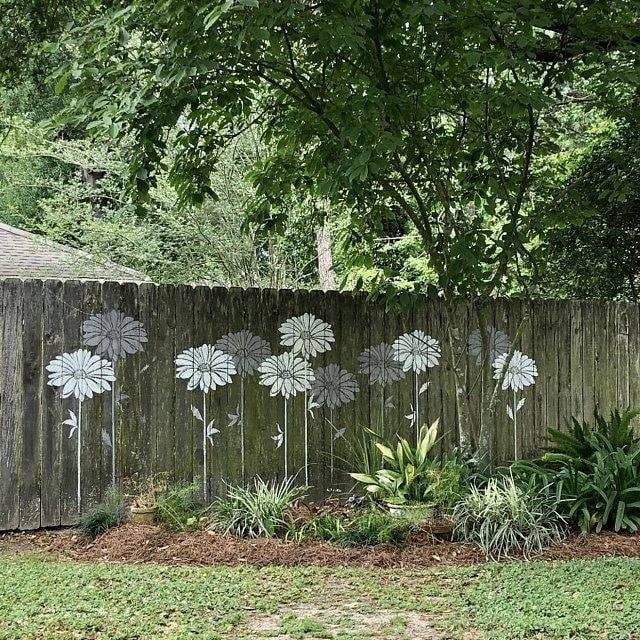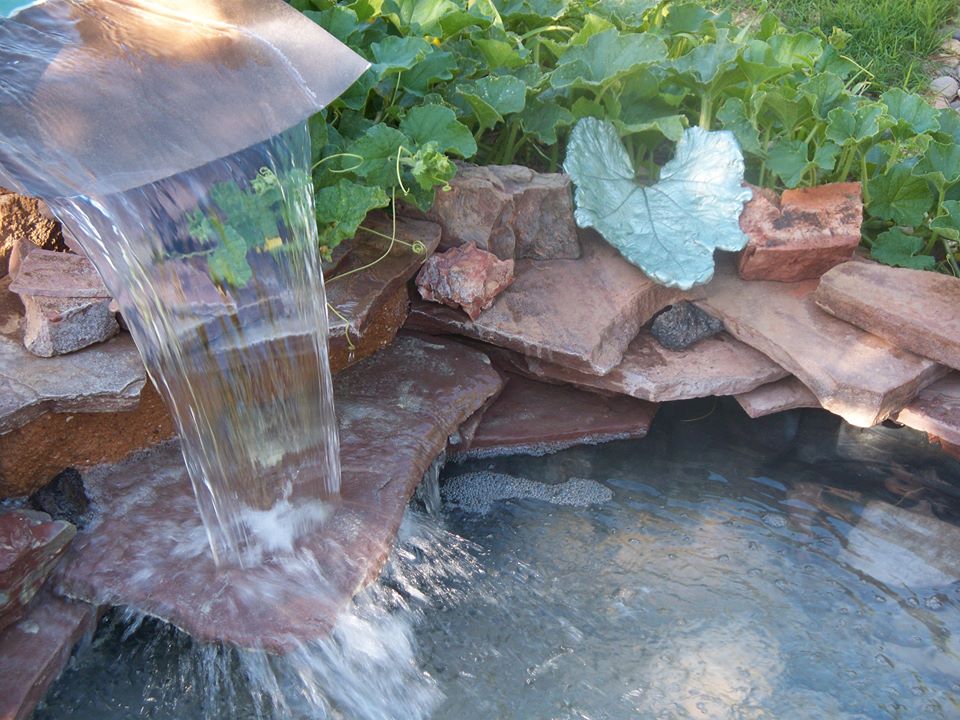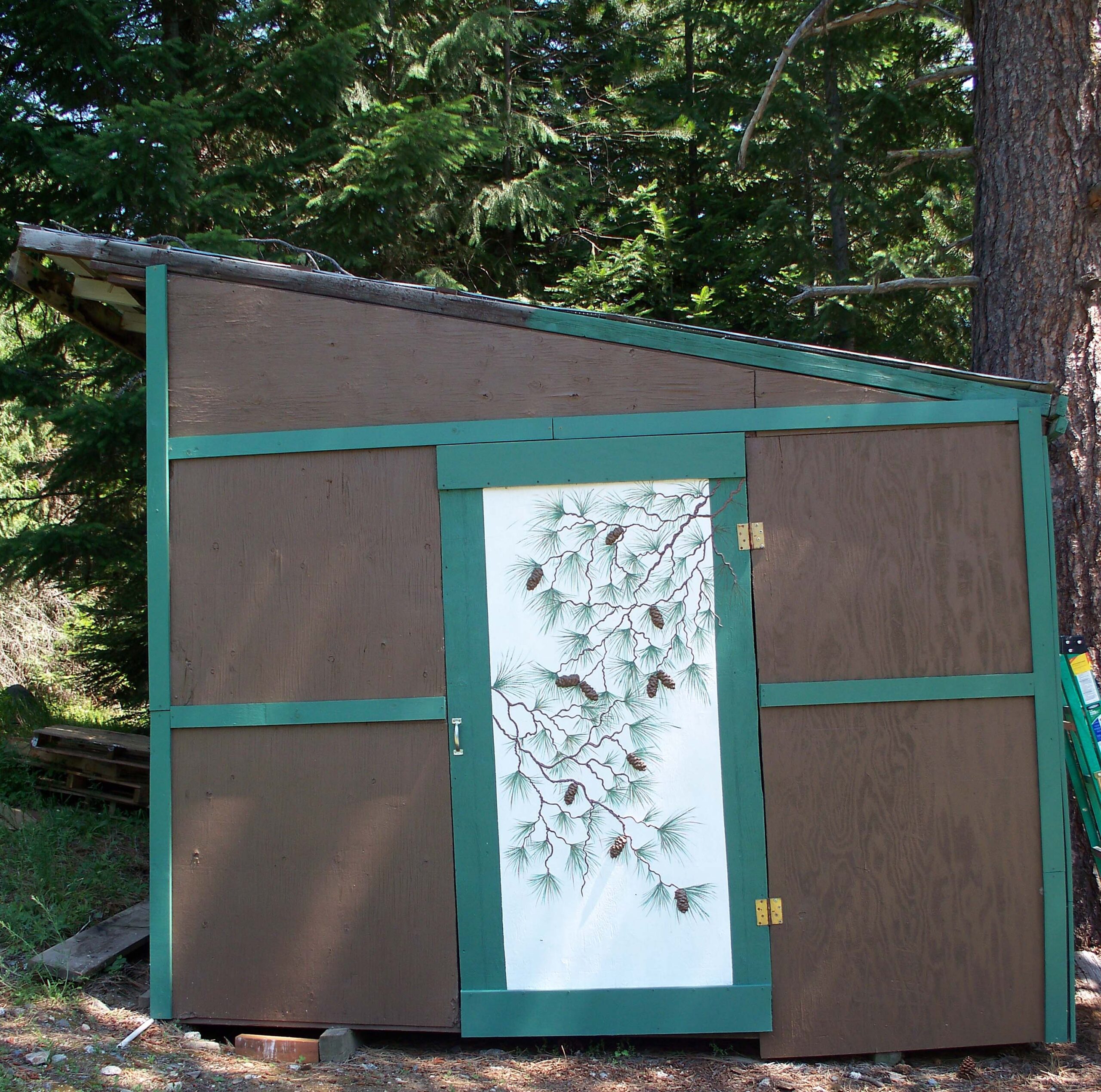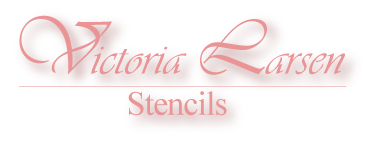


When Decorating, Don’t Forget the Front Door!
November 13, 2016
No Comments

A Privacy Wall Doesn’t have to be Boring!
August 16, 2016
No Comments

How to Make Concrete Leaves
May 15, 2016
No Comments

Spring is here! Dress up your outdoor decor with stencils and artwork
February 23, 2016
No Comments

